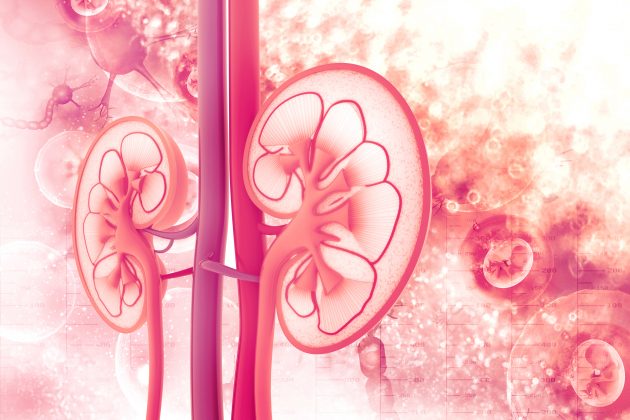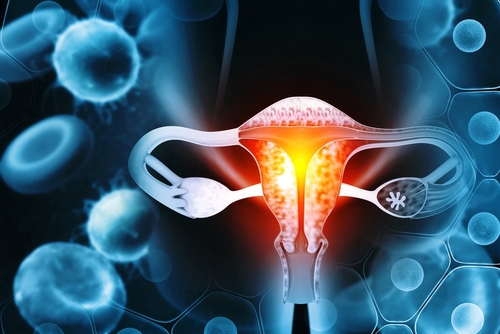The prevalence of chronic kidney disease (CKD) is greater in individuals ≥65 years of age compared with those 45 to 64 years of age and those 18 to 44 years of age (38% vs 13% vs 7%, respectively). Anemia is a common sequela of CKD patients, affecting 8% to 53%; anemia is more common as CKD progresses.
Patients with anemia associated with CKD are at increased risk for emergency department visits and hospital admissions. Jill Davis and colleagues conducted a retrospective cohort study to examine patient characteristics, treatment rates, and time to treatment among Medicare Advantage Prescription Drug Plan (MAPD) non-dialysis-dependent (NDD) patients with CKD stage 3-5 and severe anemia. Results of the study were reported during a virtual poster session at ASN Kidney Week 2020 in a poster titled Understanding Treatment of Severe Anemia Due to CKD: A Descriptive Study in Non-Dialysis Medicare Advantage Prescription Drug Plan Patients.
Severe anemia was defined as laboratory measurement of hemoglobin <10 g/L. Humana claims data (medical, pharmacy, laboratory) from 2016 to 2019 were used in the analysis. The index date was the first diagnosis of anemia following diagnosis of CKD. CKD stage and dialysis independent status were classified in the 12 months pre-index. At 12 months post-index, treatments (intravenous [IV)] iron, oral iron, erythropoiesis-stimulating agents [ESA], red blood cell transfusions [RBCT]), and all-cause healthcare resource use were examined.
The study identified 31,026 NDD-CKD patients with anemia. Of those patients, mean age was 75 years, 60% were female, and overall 36% had an anemia treatment. As CKD progressed, the percentages of treated patients increased (32%, 39%, and 50% in stage 3, 4, and 5, respectively). The use of ESA increased as CKD progressed (7%, 17%, and 34% in stage 3, 4, and 5, respectively), as did use of IC iron (11%, 15%, and 21%). Rates of RBCT and oral iron use were consistent across all stages of CKD.
The median number of days from diagnosis of anemia to first anemia treatment was 48 days. As CKD progressed, all-cause healthcare resource use increased. In the 12-months post-index period, inpatient admissions in stage 3, 4, and 5, respectively were 46%, 53%, and 59%. ED visits were 64%, 70%, and 72% in the same period.
In conclusion, the researchers said, “This descriptive examination of treatment by CKD stage for NDD patients with anemia found that anemia was oftentimes left untreated, especially in the stage 3-4 CKD patients. After NDD-CKD patients were diagnosed with anemia, it was almost 1.5 months before treatment was initiated. In NDD-CKD patients with anemia, as stage increased, healthcare resource use increased, highlighting the importance of care coordination as CKD progresses.”
Credit: Original article published here.










